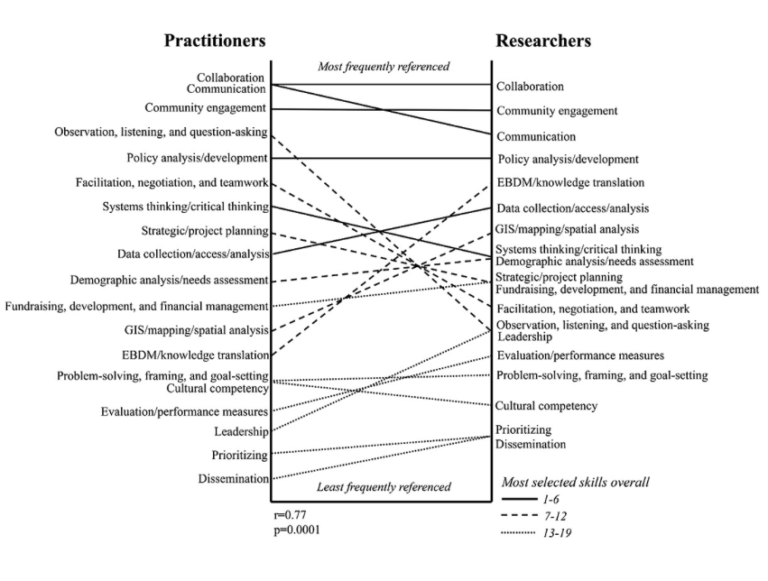
Developing livable cities: Do we have what it takes?
How do we develop liveable cities? Researchers in St. Louis surveyed multiple disciplines to see what skills we need to make future places healthy, equitable,

How do we develop liveable cities? Researchers in St. Louis surveyed multiple disciplines to see what skills we need to make future places healthy, equitable,
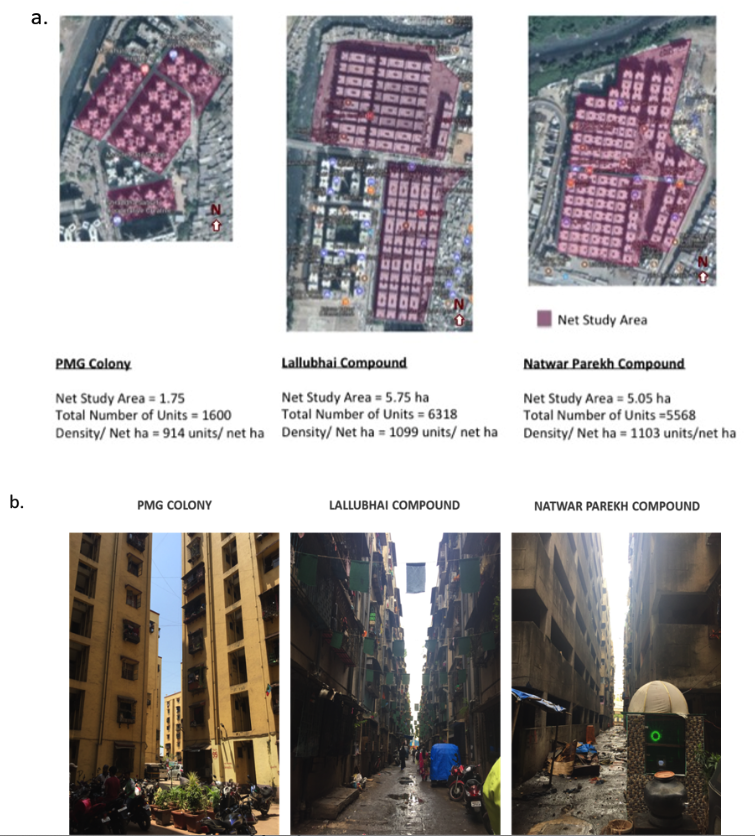
In resettlement colonies of Mumbai, tuberculosis is rapidly spreading due to the poor natural ventilation and sunlight access. This is because of bad designing and
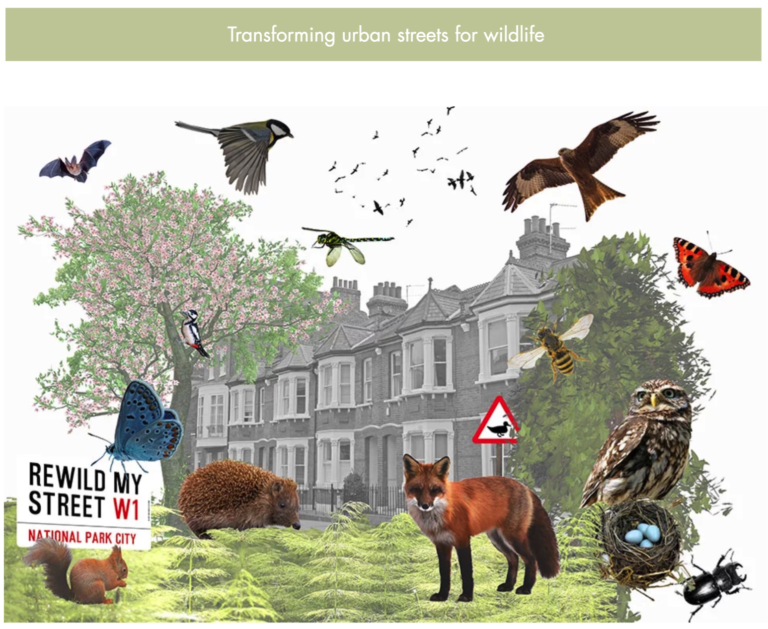
City residential streets offer an opportunity to give back to nature, making changes to make them a habitat for wildlife. Our study investigated the behaviour of rewilding

Big data is valuable for understanding the spread of health-enabling resources in cities. But what happens when those resources are not visible via GIS? We explored crowdsourced data as a solution.
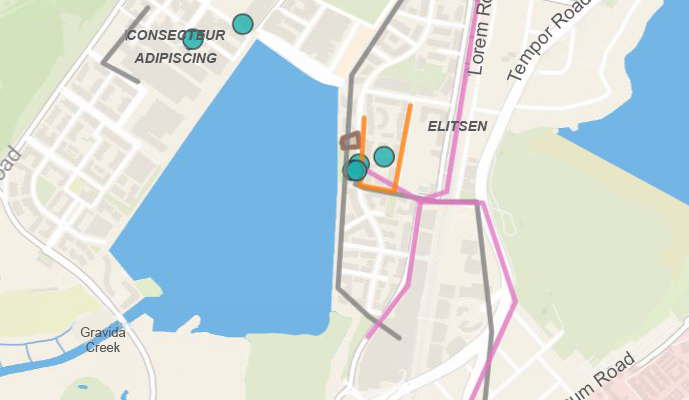
With new advances in public participation Geographic Information Systems and the increasing use such these tools for participatory mapping of various spatial data, urban designers need to understand the usefulness of these tools in investigating micro-scale physical characteristics of urban settings.
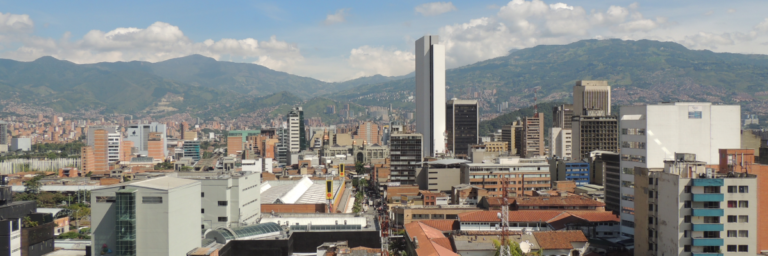
New research explores if and how mosquito-borne diseases are considered in city resilience, and provides recommendations on how cities can integrate mosquito-borne disease prevention and control into their resilience approach.
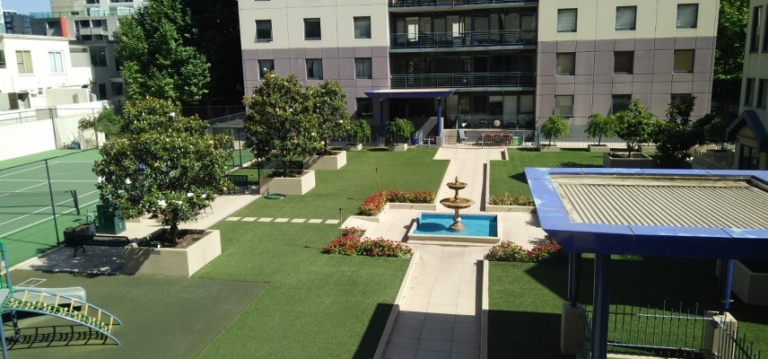
Apartment design guidelines in Australian cities should better consider the role of well-designed communal spaces to enable social connection amongst residents.
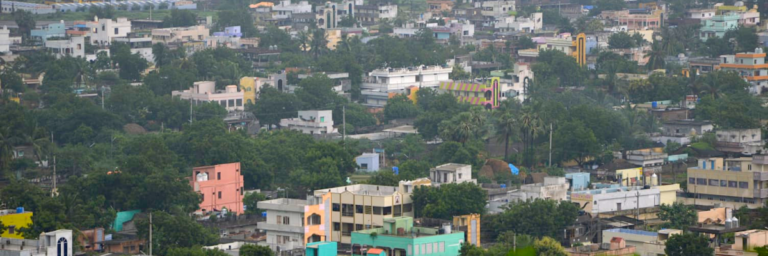
This comparative study of 10 cities across the globe aims to understand the major factors that drive the sprawl conditions and their impact on the outer edges of the cities. Land is a very potential natural resource that has been exploited over the past few decades. Migration of people in search of better living conditions has led to the formation of cities, which are deemed to provide better quality of life. However, the rate of influx has become very high, leading to saturation in cities and forcing people to move towards the outskirts.
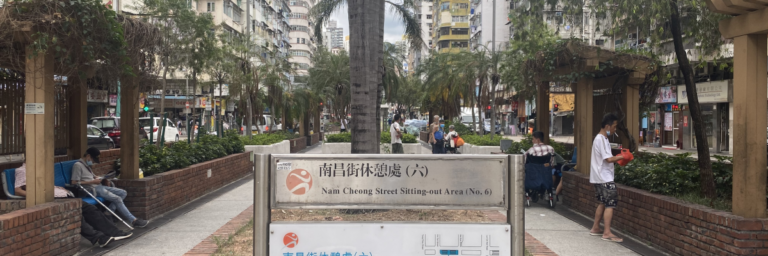
Place qualities affect people’s place identity, attachment, and behaviour, as well as their emotional, psychological, and social well-being. This is core to healthy cities, urban futures and public health.
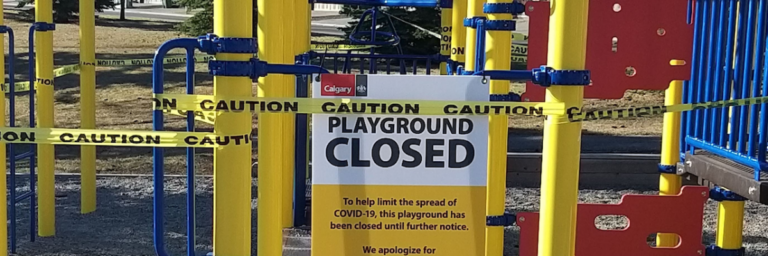
Public health authorities encourage outdoor activity while physical distancing during the pandemic, but could the built form of cities and neighbourhoods support outdoor activity during COVID-19?